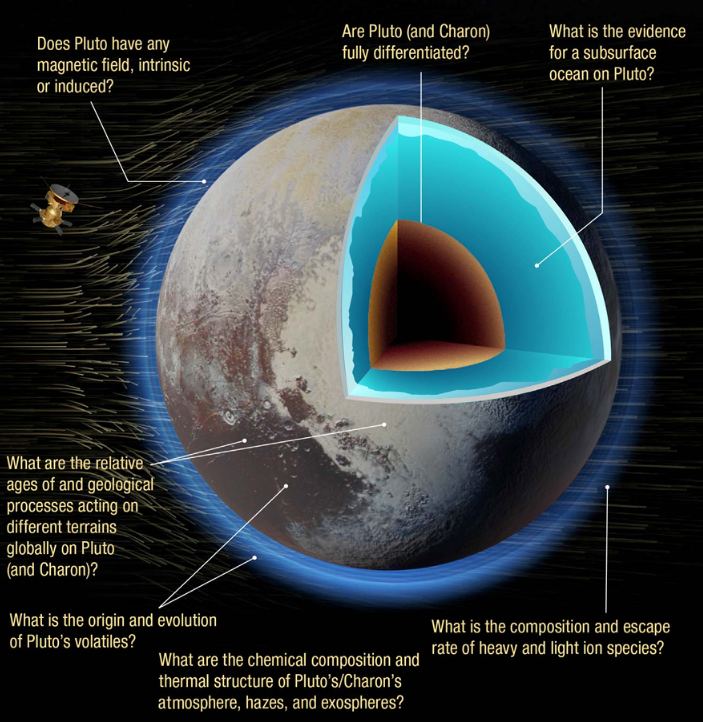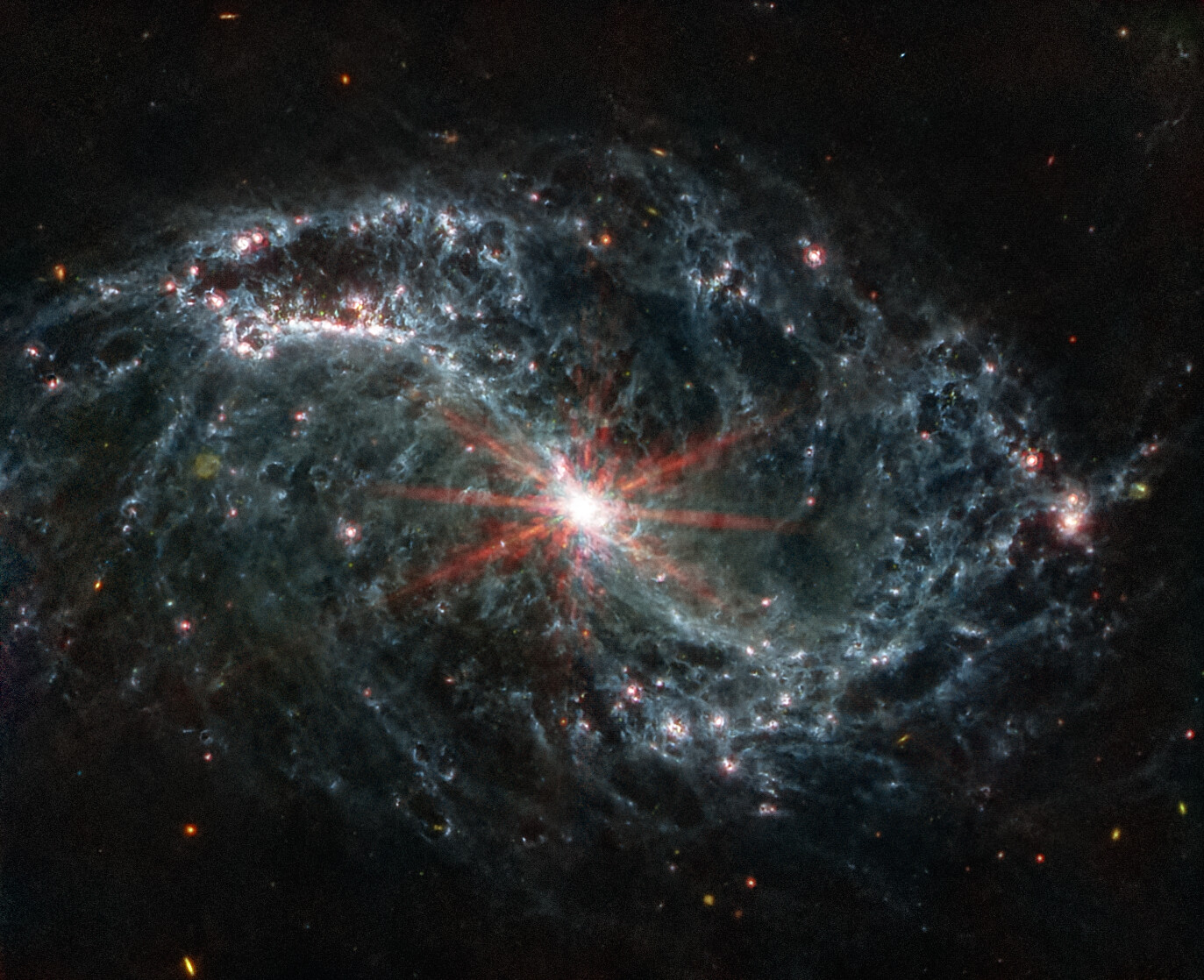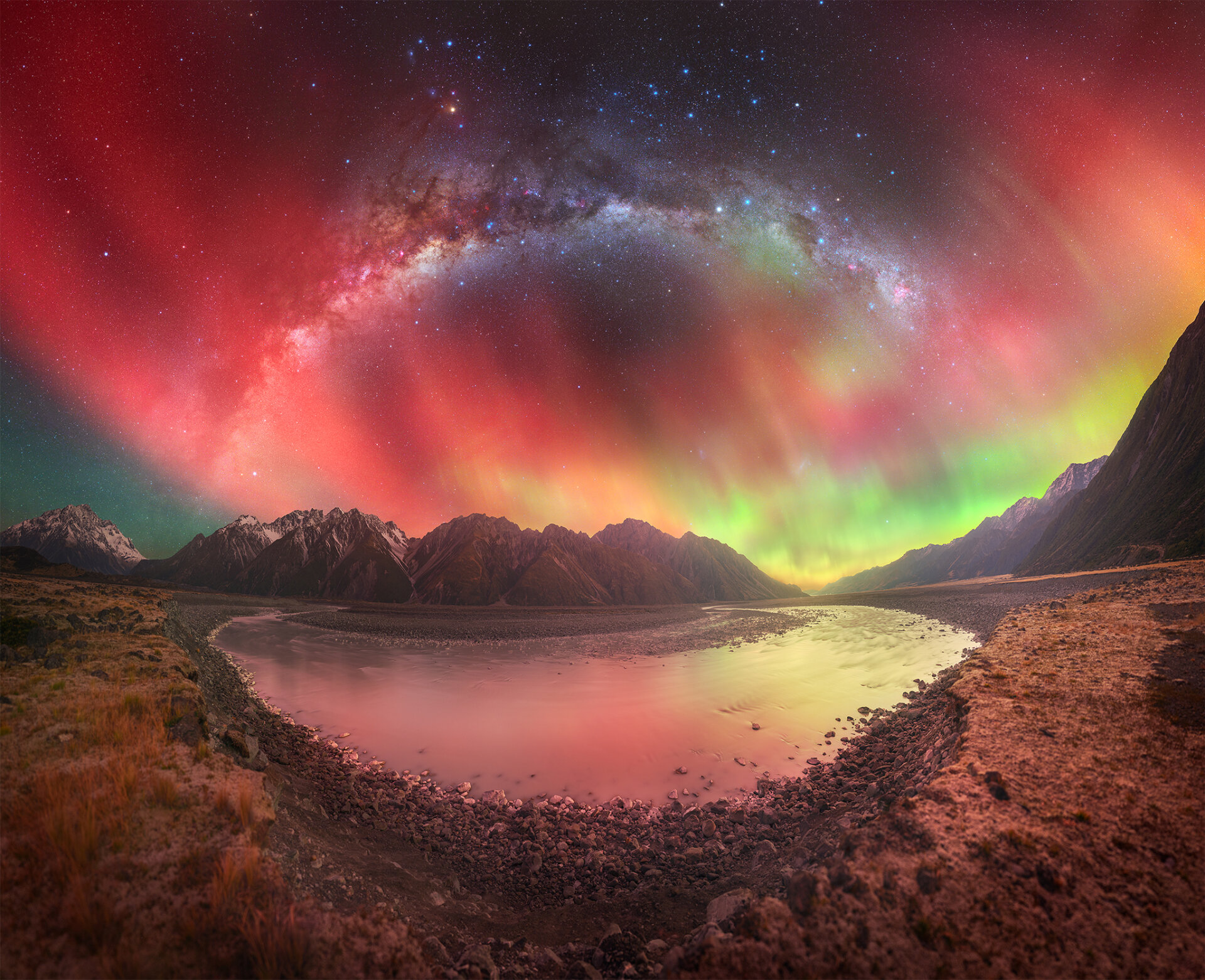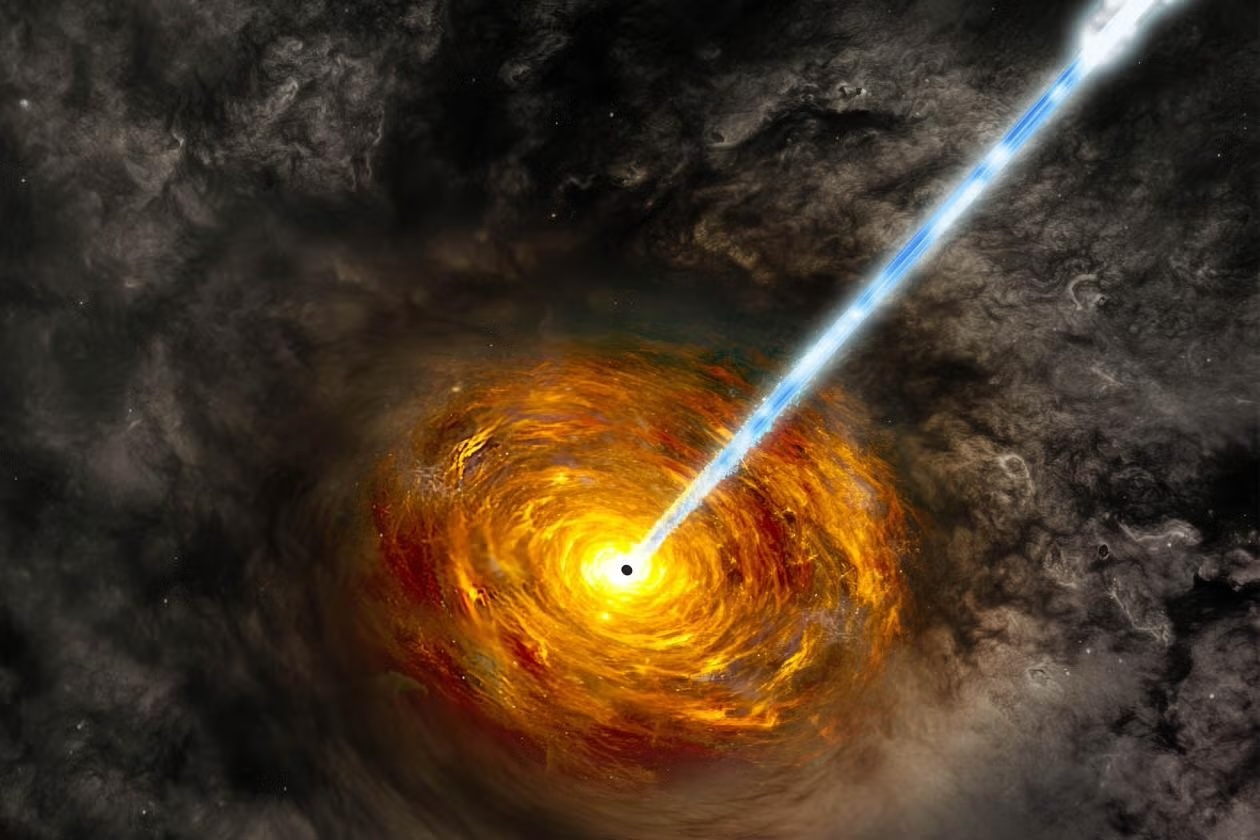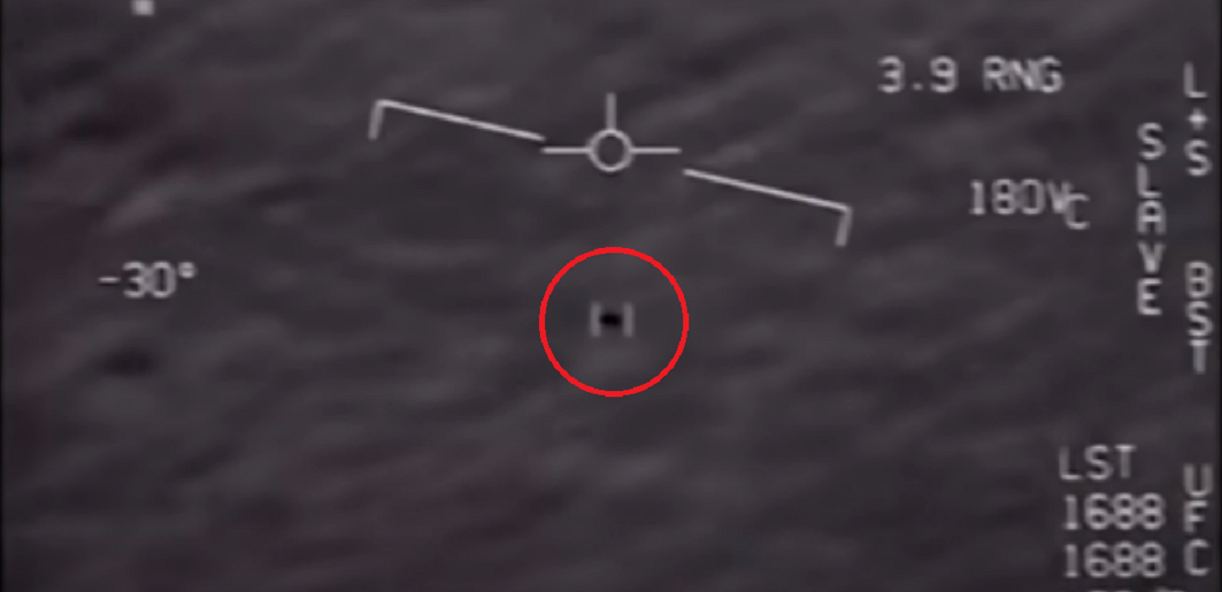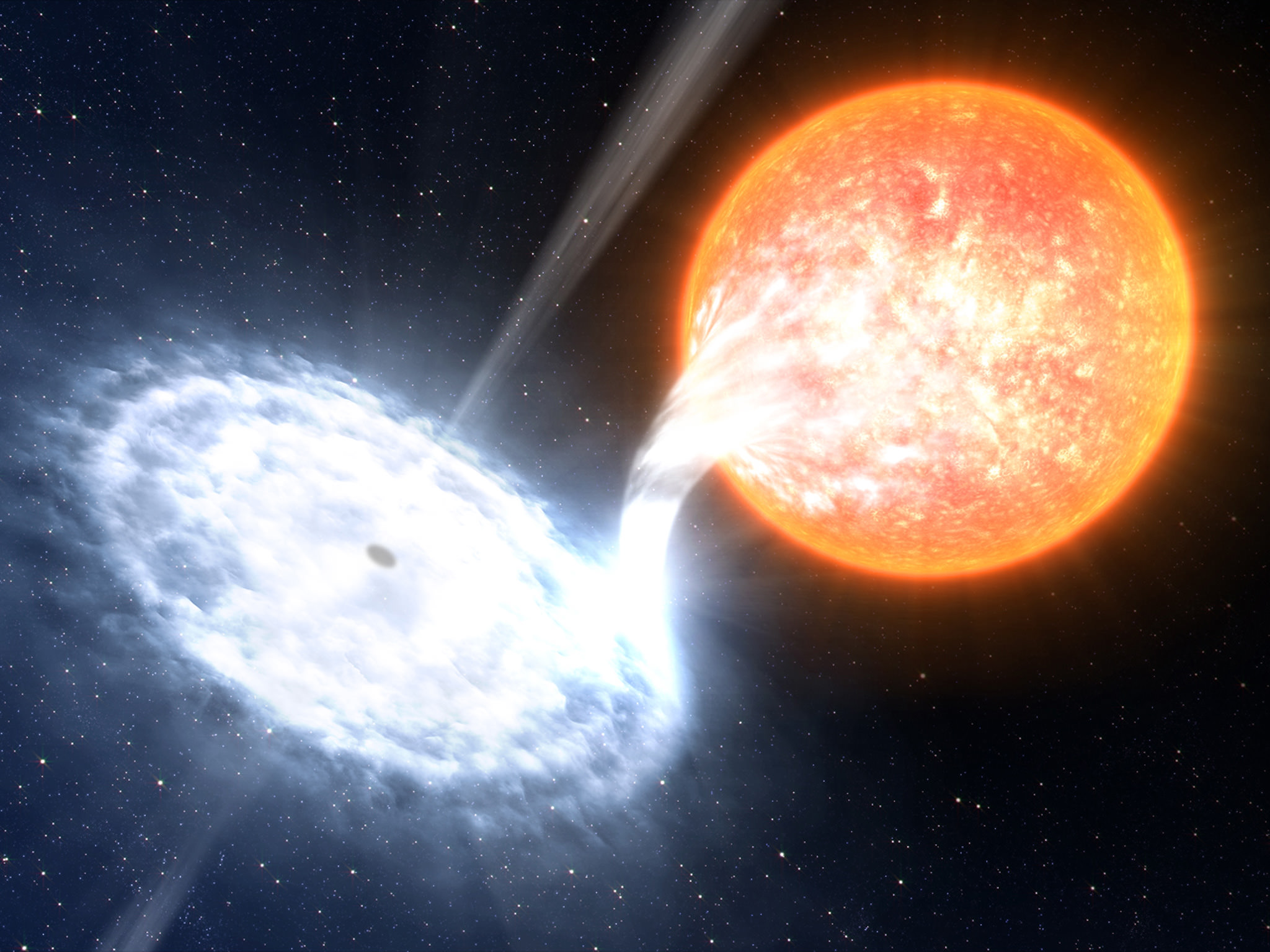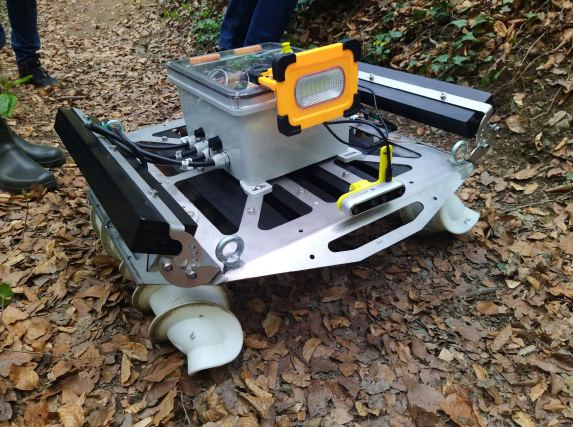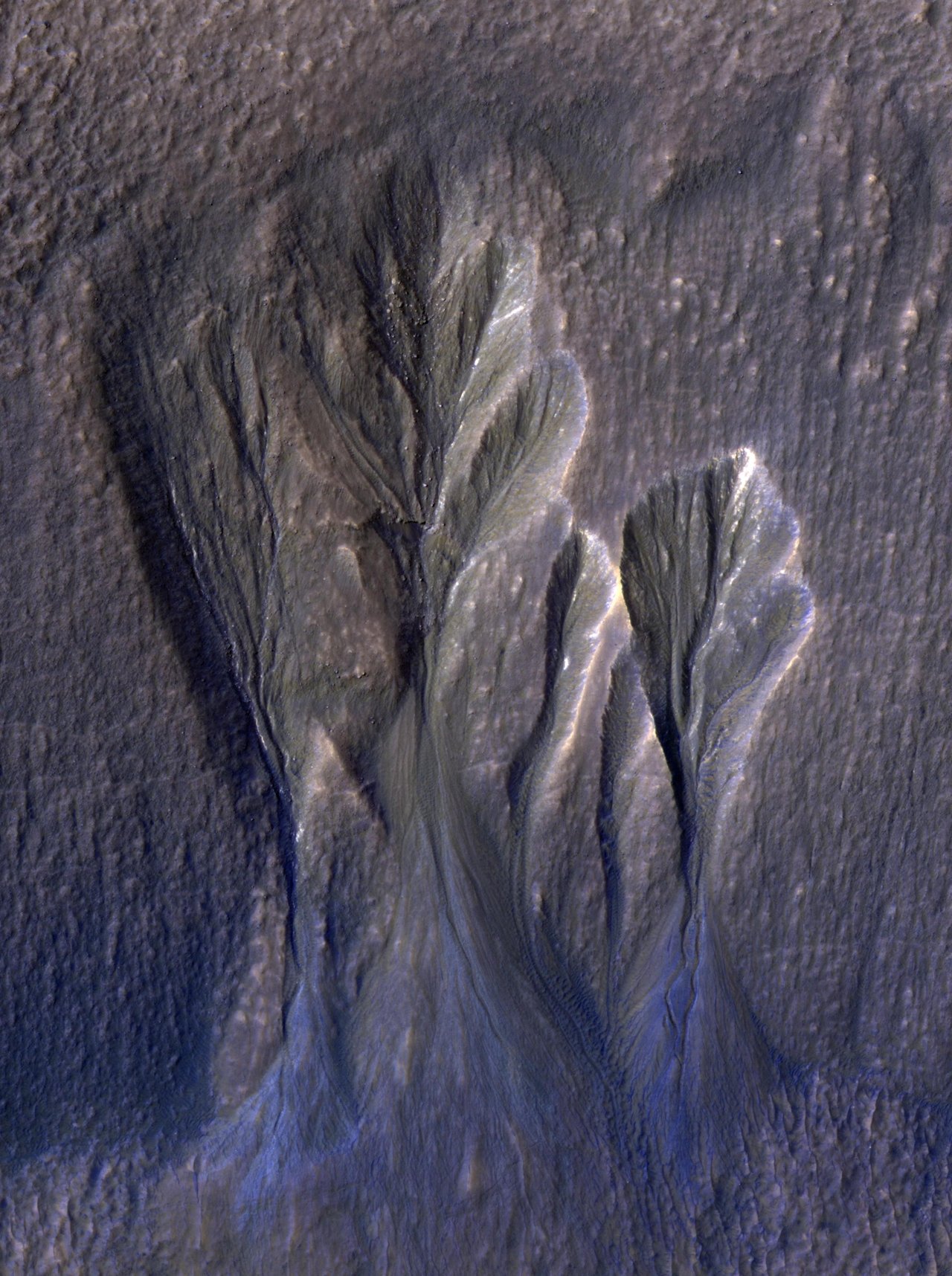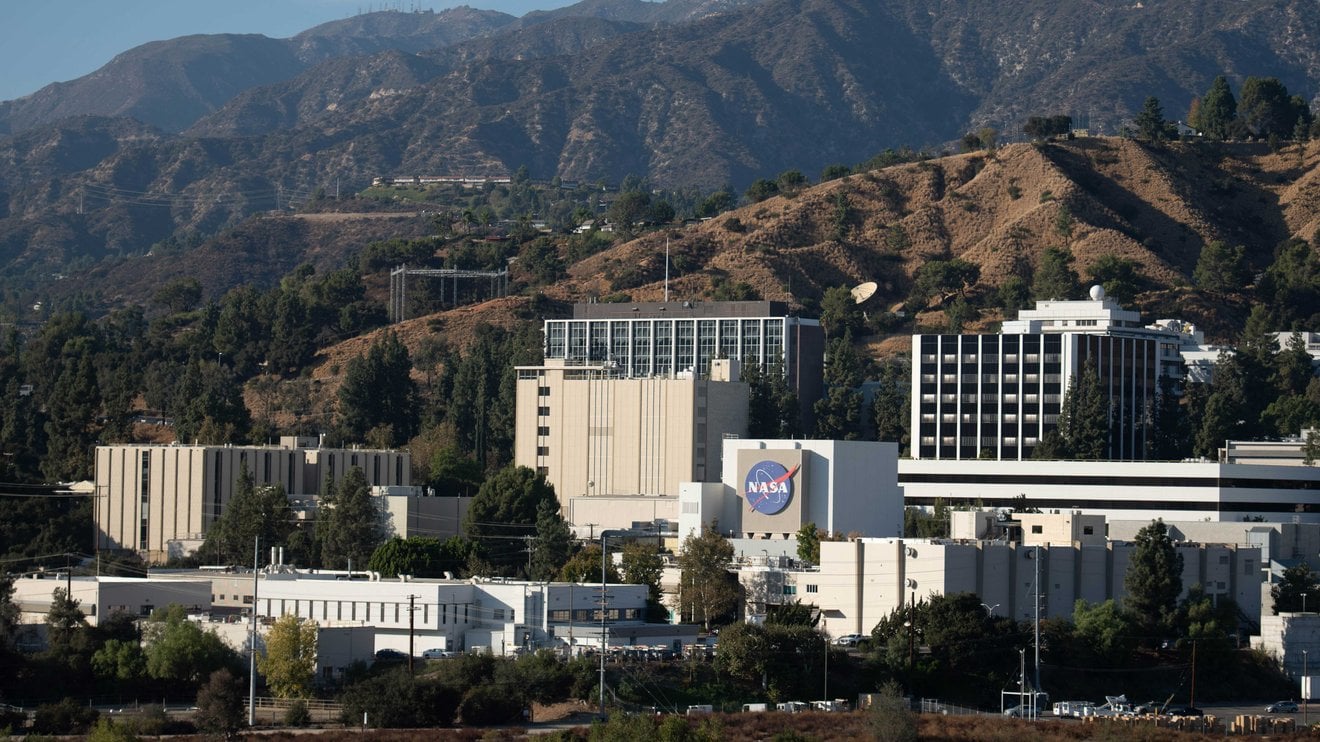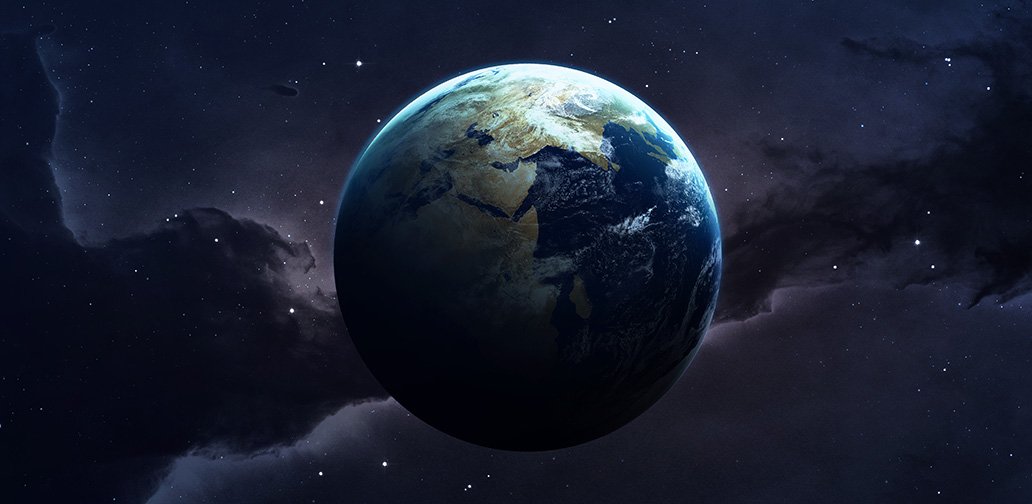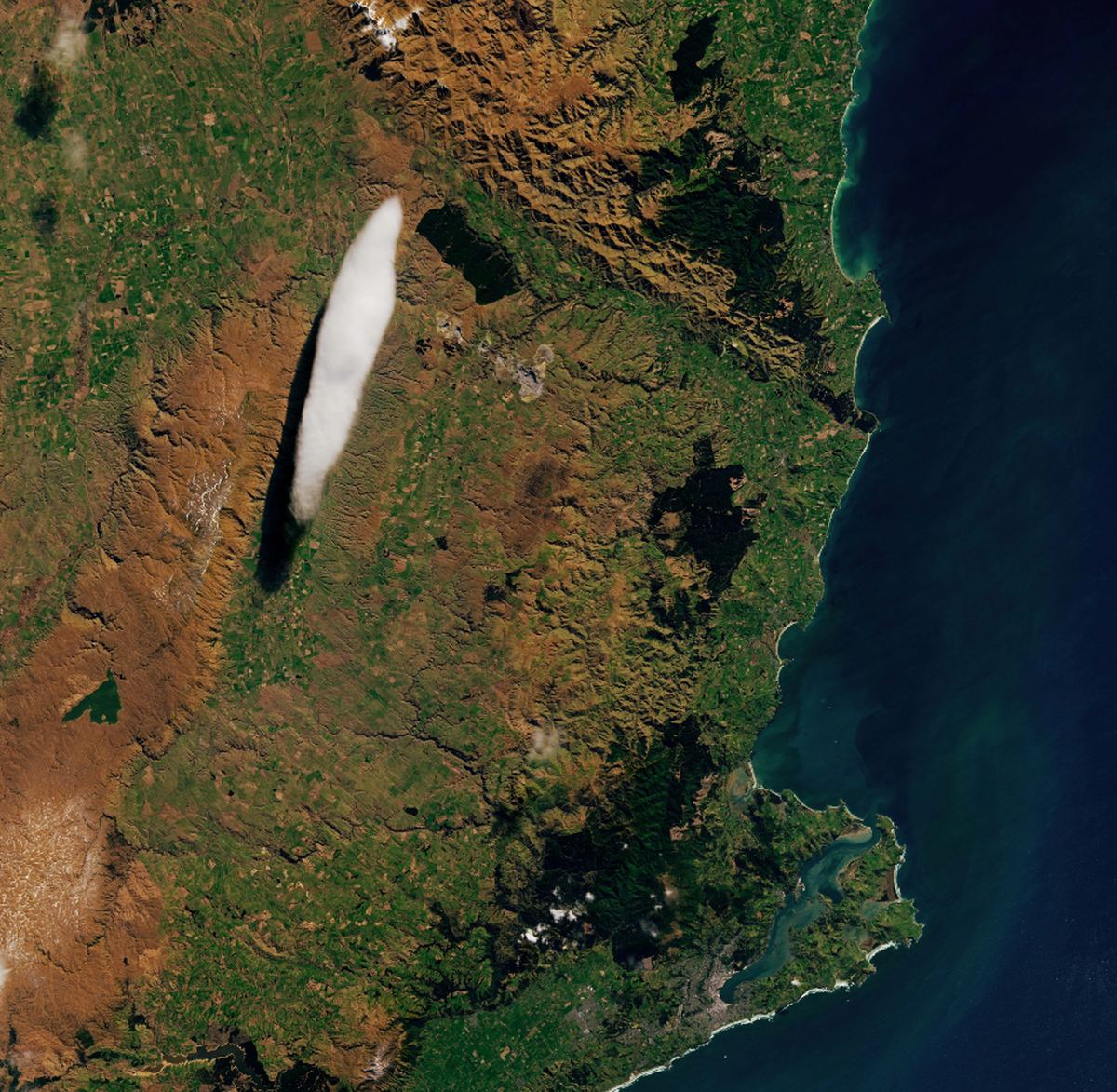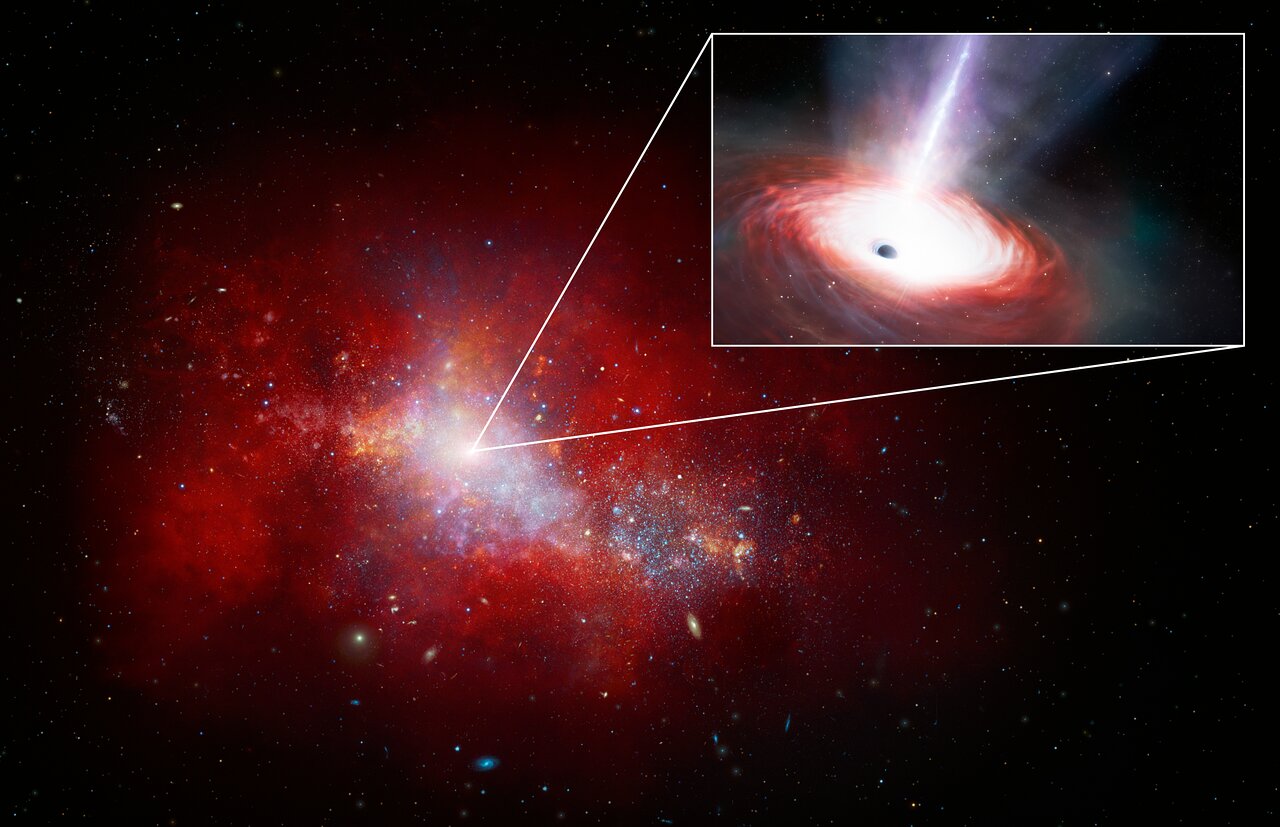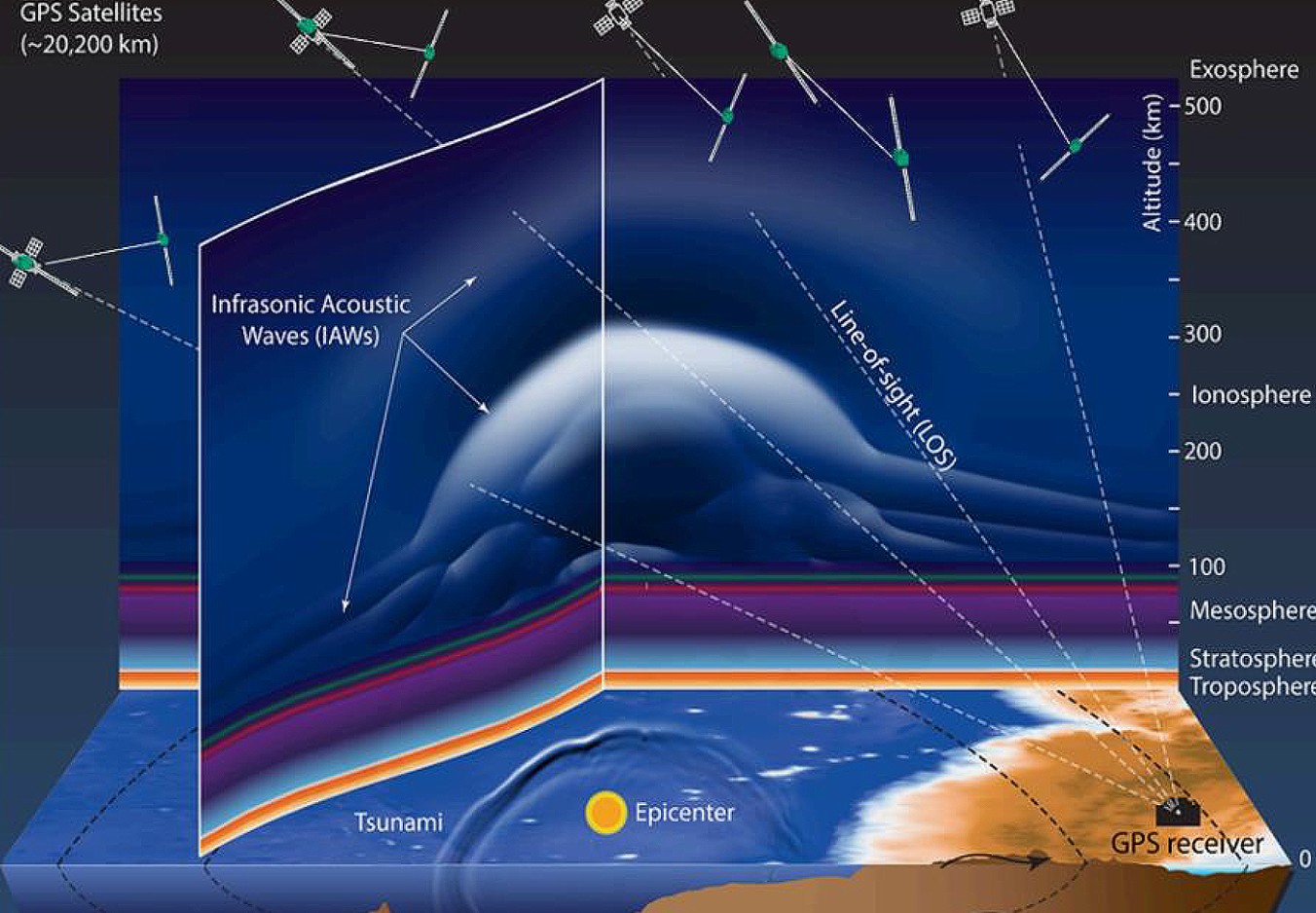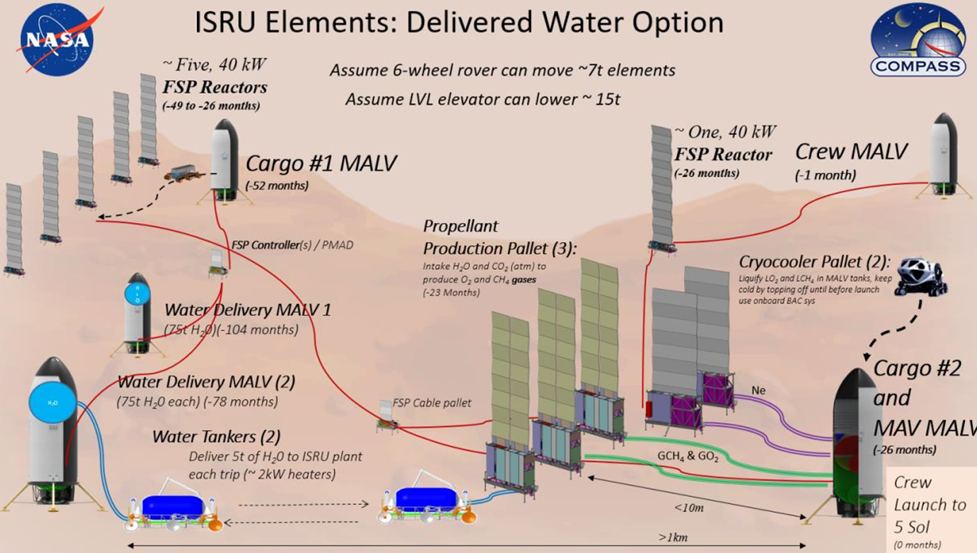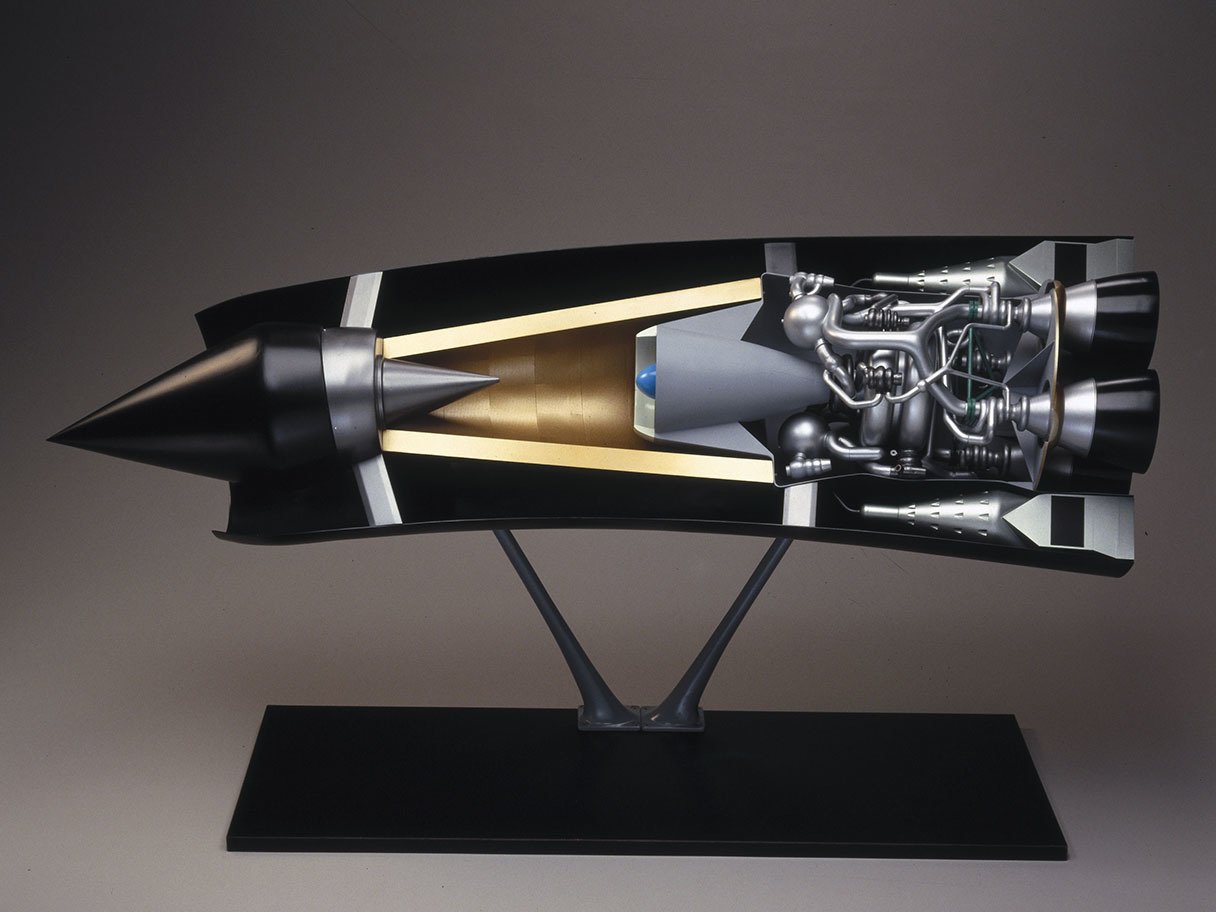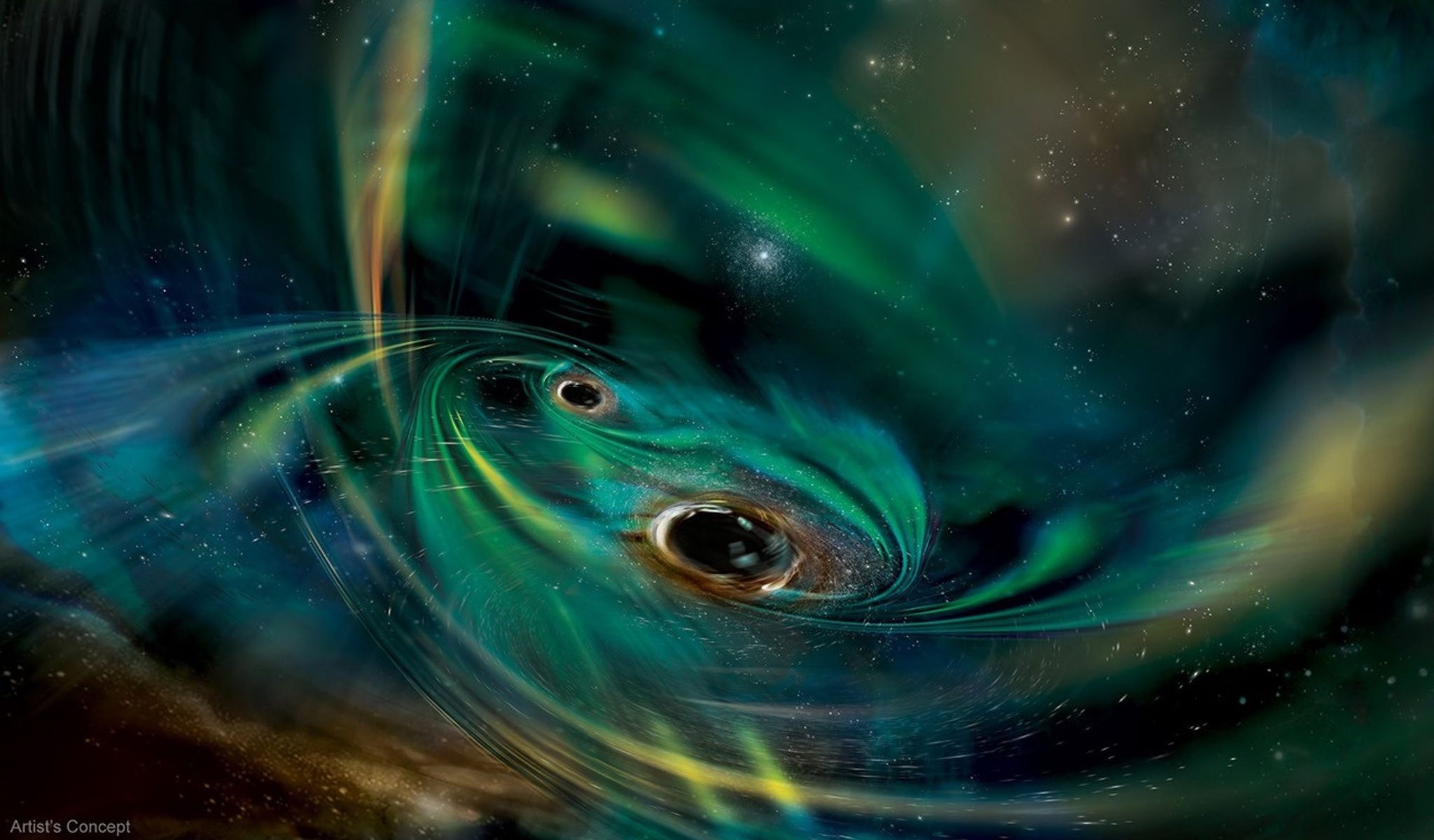
Researchers have been keeping an eye on the center of a galaxy located about a billion light-years away. Every few months, the galaxy center releases a flash of X-rays, which appears to be coming from a pair of supermassive black holes orbiting one another. They're only about a light-day apart and contain a combined 40 million solar masses. They take 130 days to orbit and are expected to collide in about 70,000 years.
Continue reading
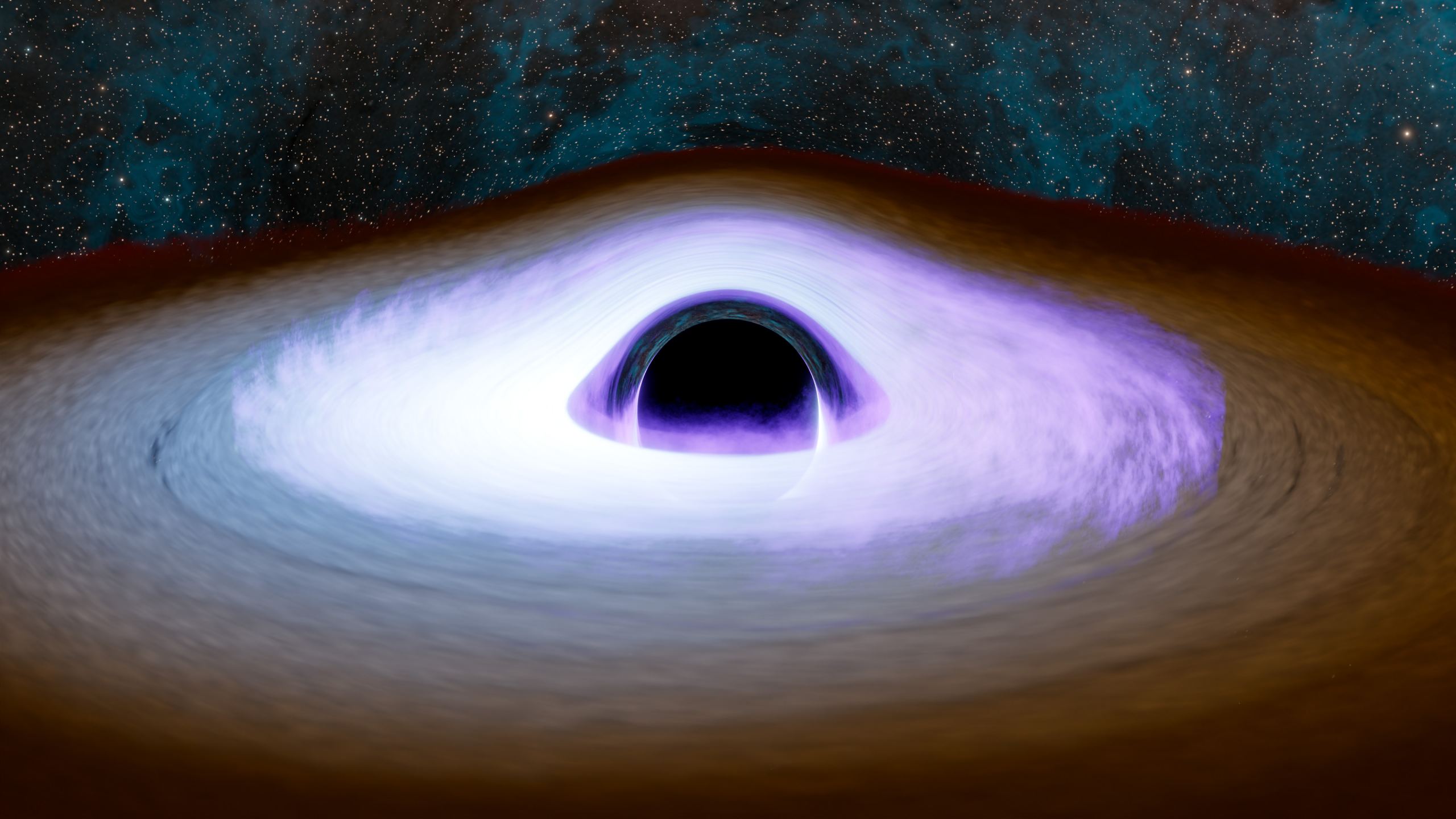
The Sun is surrounded by the corona, a region of superheated gas above the surface that can be millions of degrees. Black holes have them too, but they can be billions of degrees. Astronomers have used NASA's IPXE mission to map the shape of a black hole corona for the first time. They found the corona matches the shape of the accretion disk feeding material into the black hole, and not a giant sphere that surrounds the region.
Continue reading

The Zone of Avoidance is a region of the sky that's obscured by the disk of the Milky Way. The gas and dust block our view in visible telescopes, but other wavelengths like radio and infrared can pierce it to see what's on the other side. Astronomers used the MeerKAT radio telescope to survey beyond the Zone, observing hundreds of galaxies, of which only 29% were already known. This is helping to map the Great Attractor galaxy cluster on the far side of the Milky Way.
Continue reading
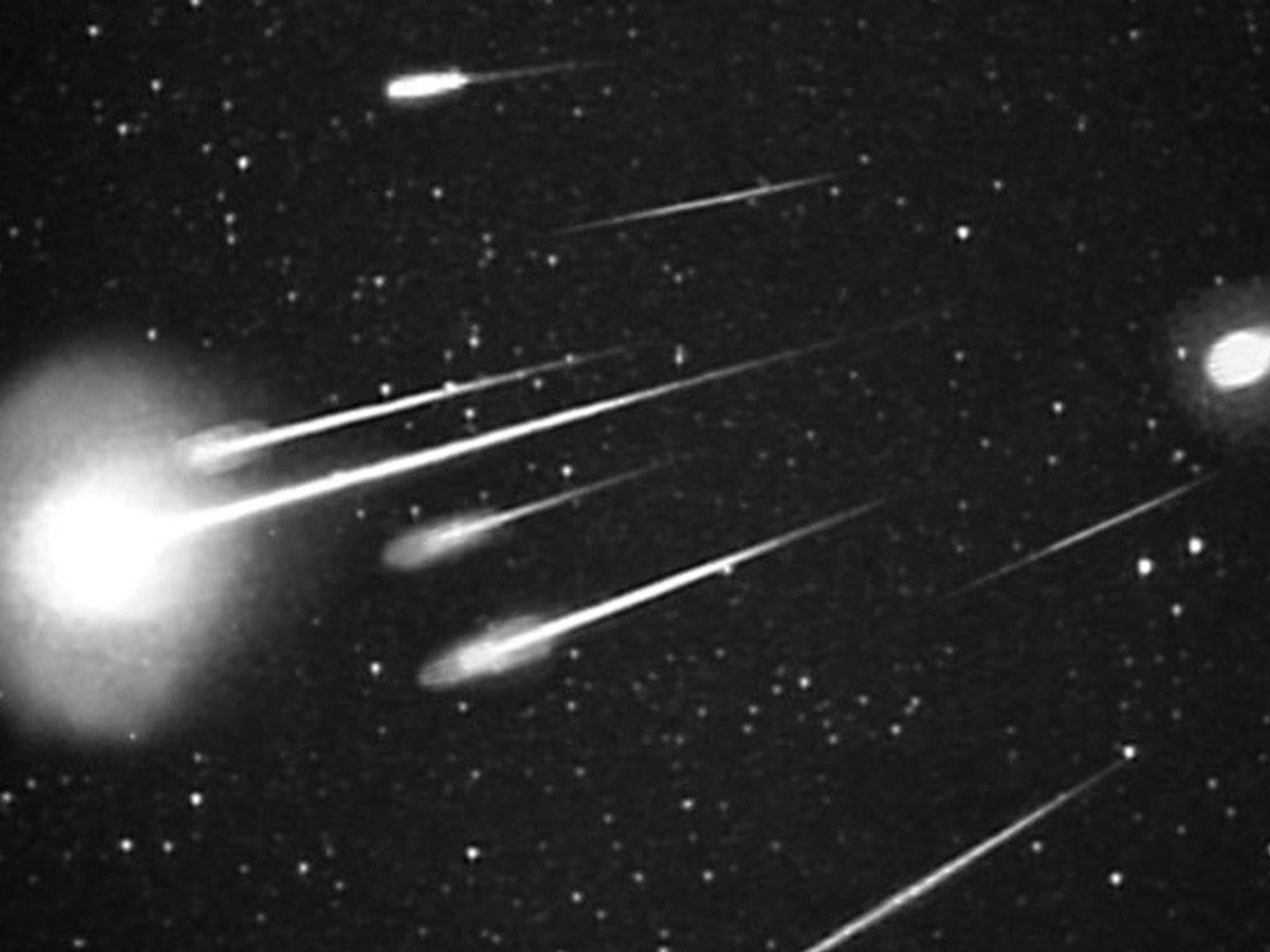
There are good reasons to keep an eye on the Leonid meteors this year.
Continue reading

 Universe Today
Universe Today

